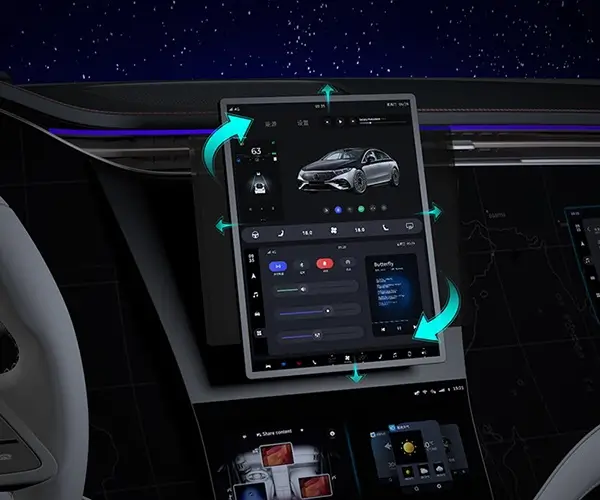Ever tried wiring a micro servo motor and felt like it’s almost a mini puzzle? It’s one of those tasks that seems simple in theory but suddenly reveals tiny traps at every turn. Like, you know you’re almost there because the servo responds, but then it jerks unexpectedly or just sits there silently. That frustration? Totally normal. But once you get the hang of stabilizing the wiring, everything just clicks.

Let’s talk about the basics first. Usually, a micro servo motor has three main wires—power, ground, and signal. Typically, red is power, black or brown is ground, and a third wire, often yellow or orange, handles the control signal. That’s standard, but always check the datasheet. Sometimes, a brand like KPOWER might throw in a couple of tricks — maybe a different color scheme or additional features, like a positional feedback wire. Skipping over those details can lead to confusion right when you’re on the verge of success.
Here’s a common scenario: you connect the power and ground, and the servo just twitches or sits dead. The first culprit? Power supply issues. Micro servos don’t need much, but they do need stable voltage. A fluctuating power source can cause unpredictable movements or even damage the tiny gear system inside. This is where a dedicated power supply or a capacitor placed across the power lines can work wonders. It’s like giving your servo a calm environment to do its thing.
Next, the signal wire. If your servo isn’t responding as intended, double-check the PWM signal. Using a modest microcontroller, setting the throttle mid-way isn’t enough—try commanding it to specific angles. Sometimes, the problem is as trivial as a loose connection or a bad jumper wire. Make sure those connections are snug, not just pushed in lightly. Tiny wires can be fickle; they look connected, but haven’t made good contact.
A good question I often get is, “Can I wire multiple servos to the same line?” Sure, but with caution. Shared power lines? Yes. Shared signal line? Not a good idea unless you’re splitting and controlling each with separate PWM signals. Otherwise, you can get jitter or cross-talk, which turns into chaos for the tiny motor.
For folks getting really into this, testing the wiring setup before connecting everything to the actual machine is a lifesaver. Use a multimeter to verify voltage and continuity. Sometimes, it’s the simplest step that saves hours of troubleshooting.
Wiring micro servos might seem daunting at first, but once you understand the essentials — stable power, solid connections, correct signal timing — it becomes second nature. And when everything wires up perfectly, that satisfying hum or precise movement isn’t just a technical achievement; it’s a small victory.
Isn’t it funny how such tiny components can bring so much joy? They may be small, but their wiring can make or break your entire project. Keep experimenting, stay curious, and you’ll soon be wiring like a pro. That’s what makes this whole thing worth it.
Established in 2005, Kpower has been dedicated to a professional compact motion unit manufacturer, headquartered in Dongguan, Guangdong Province, China. Leveraging innovations in modular drive technology, Kpower integrates high-performance motors, precision reducers, and multi-protocol control systems to provide efficient and customized smart drive system solutions. Kpower has delivered professional drive system solutions to over 500 enterprise clients globally with products covering various fields such as Smart Home Systems, Automatic Electronics, Robotics, Precision Agriculture, Drones, and Industrial Automation.




































